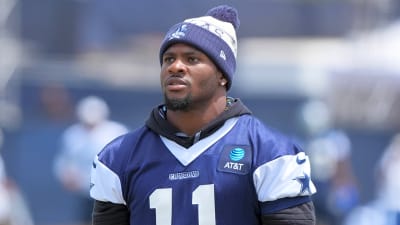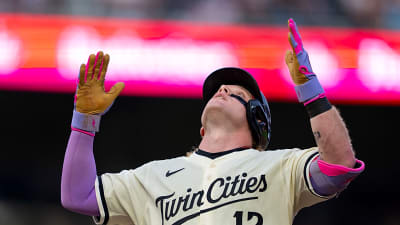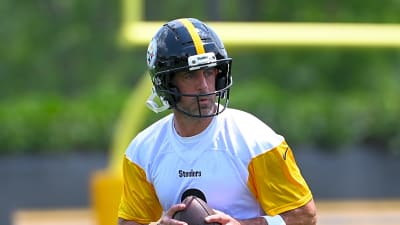
The NBA has entered a more formal stage of exploring expansion for the first time in more than two decades, but commissioner Adam Silver made it clear Tuesday that the process remains in its early phases with no set timeline or predetermined outcomes.
“A lot of analysis still needs to be done, and nothing’s been predetermined one way or another,” Silver said during his press conference following the Board of Governors’ meetings. “We’re going to be as thorough as possible and look at all the potential issues.”
Silver said the effort will be led by the league’s advisory finance committee and the audit and strategy committee, both tasked with evaluating the financial and operational challenges of potentially adding new franchises. Among the issues being studied: market viability, local broadcast infrastructure, long-term financial implications, and the overall basketball product.
While expansion has long been a topic of speculation, Silver described the latest developments as “a significant step,” noting the league is now prepared to engage in deeper research that had not been initiated before.
Seattle And Las Vegas In The Mix
Silver declined to name specific front-runners but acknowledged that interest is strong in several markets. Seattle, which lost the SuperSonics in 2008 when the team relocated to Oklahoma City, remains a popular candidate, along with Las Vegas. Still, Silver emphasized that expansion would only happen if it benefits the league as a whole.
“I wish, standing here as the commissioner, I had lots of teams to dispense to many markets who are interested in NBA basketball,” Silver said. “But we also have this greater obligation to expand, if we do so, in a very deliberate fashion.”
He added that the discussion among team owners was ” curious,” and a consensus quickly formed that the league office should carry out further analysis before any decisions are made.
Key Hurdles Include Revenue, Television, And Talent Depth
Among the major challenges the NBA must assess is the dilution of leaguewide revenue. With a new $76 billion national media rights deal set to begin in 2025-26, the addition of new teams would mean that revenue from those deals would be split further.
“There’s the long-term effects of splitting our national television revenue an additional two ways,” Silver said. “It’s essentially selling equity in the league.”
Another issue is the ongoing uncertainty surrounding local and regional broadcasting. Silver cautioned that the league cannot expand into new markets until there’s a clearer picture of how local television deals will operate in the years ahead.
“We would be malpracticing if we didn’t figure out how local regional television is going to work before expanding,” Silver said. “The notion that we would hand over a team into a city where we’re not currently operating and say, ‘You’re going to have to figure out how you’re going to distribute your games to your local fans’ doesn’t make sense.”
From a basketball standpoint, Silver also acknowledged the impact of adding two more rosters, which would require approximately 30 additional players at NBA-caliber talent levels.
No Formal Vote Or Timeline Set
Silver said there was no vote or straw poll among governors regarding expansion and stressed that conversations remain preliminary. Industry speculation has centered on the possibility of expansion for the 2027-28 season, but Silver said it’s far too early to project such a timeline.
“This is day one of that analysis,” he said. “In terms of price, potential timeline — too early to say.”
Recent franchise valuations suggest that expansion fees could exceed $5 billion per team, with figures for Seattle or Las Vegas potentially ranging even higher. That money would be distributed among existing owners as compensation for the added competition.
Portland Sale And Arena Future Remain Uncertain
Silver also addressed the ongoing sale process of the Portland Trail Blazers, a franchise currently held by the Paul G. Allen estate. He reaffirmed the league’s desire to see the team remain in Portland.
“It is our preference that that team remains in Portland. We’ve had great success in Portland over the years,” Silver said.
He noted, however, that Portland “likely needs a new arena,” as the Moda Center, opened in 1995, is among the NBA’s oldest venues. Planned renovations are currently paused during the ownership transition.
More must-reads:
- Surprising update emerges about Jayson Tatum's recovery
- Report: Knicks made a signing based on Giannis Antetokounmpo trade belief
- The 'NBA Summer League MVPs' quiz
Breaking News
Trending News
Customize Your Newsletter
 +
+
Get the latest news and rumors, customized to your favorite sports and teams. Emailed daily. Always free!








